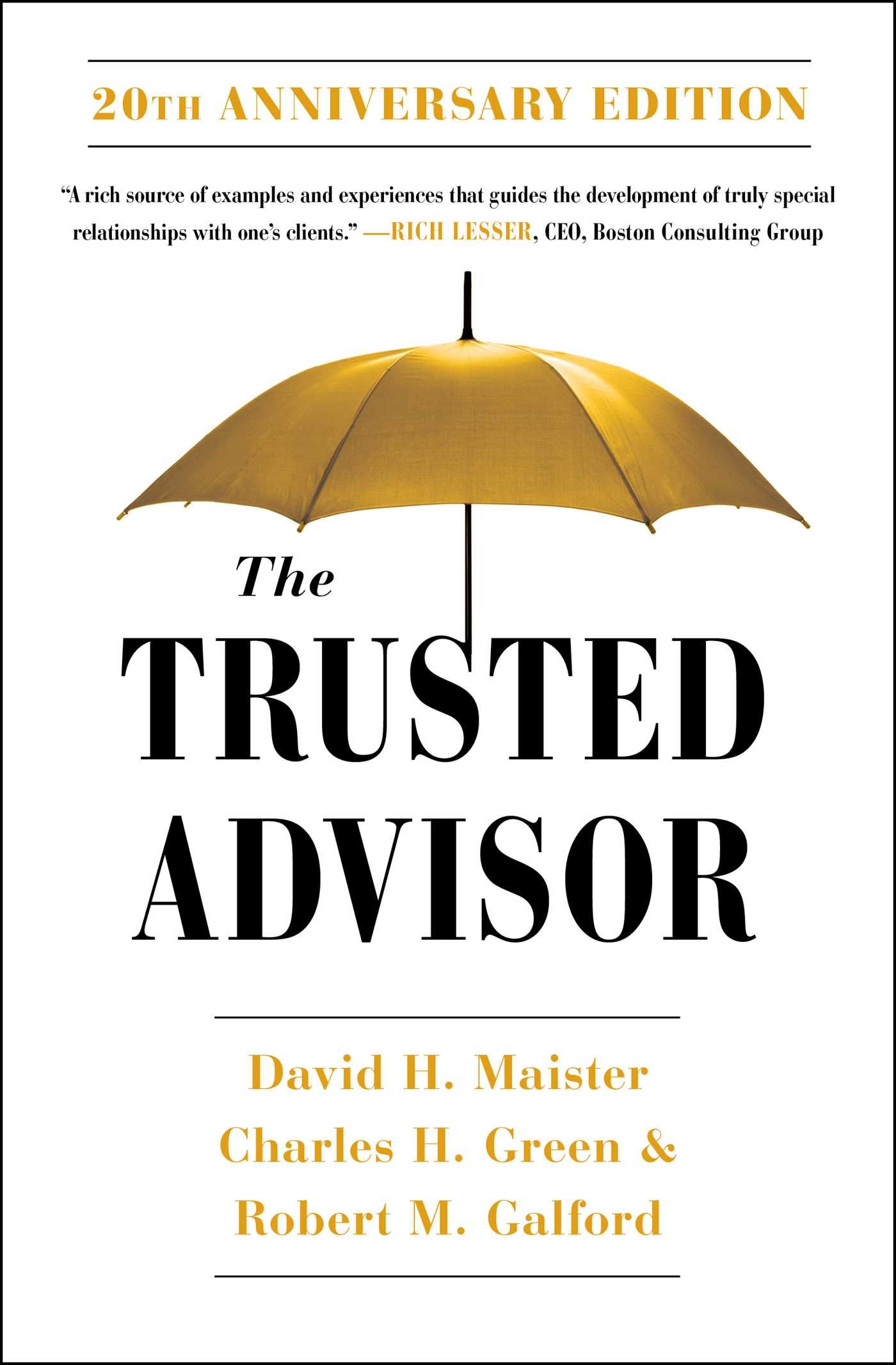The Voice of Leadership
e-Magazine

By Jordan Kelly
•
April 28, 2025
Aside from a hoarse voice not exactly doing anything to enhance your confidence at the podium, representing your company at a conference or in a new boardroom environment, or leading a deal-breaking presentation, not knowing how to nurse your vocal cords through a period of high usage can cause much longer-term discomfort than necessary. Here are some tips from two different voice coaches that, in each case, I had a few sessions with at various times to get me through prolonged periods of voice projection, including, in one instance, to (professionally speaking) survive a whopping case of laryngitis after I facilitated a vigorous two-day strategy session for an overseas client using a speaker phone. (Not the smartest move I’ve ever made.) Focus on proper diaphragmatic breathing. This provides the best support for your voice and provides the most leverage in terms of projecting it. To get your vocal cords nice and relaxed when they’re feeling strained, fill a basin with boiling water, put a towel over your head and inhale the steam (like you did when you had a cold as a kid). Lots of fluids all day . Take small, slow sips constantly throughout your meeting, if that’s the context in which you’re dealing with your vocal issue on the day in question. Never have dairy before a presentation, interview or workshop. The protein casein found in milk stimulates mucus production in some people. This can lead to a sensation of throat congestion, and a perceived need to frequent clearing of the throat. And on the note of clearing your throat, resist any constant need, including and especially if it’s just nervousness. It produces more need to do it, and it also degrades your vocal cords over time. Instead have a big drink and do very hard swallows.

By Jordan Kelly
•
April 28, 2025
If you’re a senior executive responsible for setting – and overseeing the attainment of – your enterprise’s corporate growth goals, I have a question for you: How informed are you on the individual contracts that comprise the overall total of your organisation’s business-under-pursuit? How certain are you that the priorities underpinning the prioritisation of current new-business pursuits are 100 percent aligned with the rationale held by your executive management team and your directors when you set the growth goals for your company or your division? In my work with clients on high-value bids and big-ticket pursuits, I have often – when developing the strategy that will inform it – observed that the piece of business being pursued hardly seems a particularly strategic fit at all. It turns out that, in reality, the criteria for selecting the pursuit has been applied by a range of parties and has, at best, been somewhat fuzzy. Reasons given for participating in a bid range from “economies of scale” and “we can’t afford to lose this to a (specific) competitor”, to “we want into that market”, “we want to grow that business” and “we have excess capacity” . . . oh, and, even more simply, “we want it”. Of course, any or all of these may be perfectly valid in any given instance – but, for the most part, they lack clarity, quantification, and a readily articulated supporting connection with board and senior management’s expressed growth goals. The following suggestions may be helpful. (Initial) Senior Management Participation It may be a valuable exercise for senior management to participate (at least initially i.e. upon release and in articulation of their higher-level goals) in drill-down, component-specific plans for on-the-ground implementation of their objectives. I’m NOT suggesting senior executives become micromanagers or demoralise their division heads by telling them “how” to do the job. I’m simply suggesting that some early and initial integration of thought processes would go a long way to ensuring that the business-hunters out at the sales coalface are on the same page as senior management, and that so also are all levels of management in between. Upwards Explanation of Rationale It may be useful for board report contributions from sales divisions to include a specific underlying rationale for the pursuit of any contract or project above a specified value. These written contributions would: (a) Demonstrate the connection between the prize in question and corporate-level market growth goals; (b) Outline a holistic indication of the cost (both soft and hard) of pursuing the piece of business; (c) Provide a realistic comparative projection of its ROI, and (d) Provide commentary on any sacrificed opportunity cost resulting from other business not pursued, or from which focus or resources were withdrawn. In summary, clarifying and articulating corporate and business development goals helps ensure priority is placed on identifying and pursuing the opportunities and bids that most directly support those bigger picture objectives. Meantime, regularly checking in with sales and business development personnel (at ALL levels) to ensure that the organisation’s higher-level imperatives are reflected down in the trenches, will go a long way towards ensuring the whole structure stays aligned from top to bottom.

By Jordan Kelly
•
April 28, 2025
If there’s one common, extremely counterproductive, misnomer in use in the business development arena today, it would have to be the use of “information” as synonymous with “intelligence”. Information and intelligence are not the same thing. If you, as a director, C-suite executive or other organisational leader, rely on the “intel” being fed up the line to you from your business development personnel and any other key frontliners, you need to make sure what you really are getting is “intelligence”. Information becomes intelligence only after it is first taken apart, comprehensively considered, and processed in such a way that it becomes meaningful in the specific context of that for which that information was sourced or otherwise collected . . . for example a priority pursuit. Unprocessed “information” is nothing more than raw data. Confuse the two at your own peril. If you, as an enterprise leader (and, arguably, in that sense, chief rainmaker), wish to make full and strategic use of the inputs you’re having fed up the line to you, you need to know the degree to which it is intelligence, and the degree to which it’s still “just data”. No good thinking you’ve got everything you need to inform you of a critical peer-to-peer meeting in the boardroom of a potential key client – only to find you’ve got a briefcase full of unchecked, outdated or partially-correct assumptions. The ‘Info-to-Intel’ Conversion Process As I point out in my bid leadership courses, one of the classic approaches to converting “information” into “intelligence” is to take a piece of data and ask “So What?” i.e. in terms of the pursuit in question. But there’s a problem with that simplistic, surface-level approach: More often than not, there’s no further “value-added” processing phase conducted to turn what are really still raw inputs, into news that can be fully and optimally used. And even if there’s workshop or two, in the context of a formal bid process, no-one digs down deep enough: The answer to a well-asked “So What?” will, more often than not, lead to another questio n . . . and that question will most likely be a quality question. In turn, the answer to that question must be found – or at least the best possible assumption made. Thus, the process of converting raw “information” into competitively valuable “intelligence” has multiple layers, the number of which is not determinable from the outset. This is the type of genuine “intel” that should – in addition to informing a bid or other pursuit – be provided to a Chief Executive, Group Head, or other senior executive. It is this depth of research and the contextualised presentation thereof, that places an organisation’s leadership in a well-informed, confident position when entering into any C-suite-level meetings with particularly mission-critical client organisations.

By Jordan Kelly
•
April 27, 2025
The original version of this article was published on Jordan's Pursuits Academy. As a leader, one of the most success-critical qualities you can model for your customer-facing teams (especially business development (BD) and sales operatives) is active, strategic listening. I’m always surprised at how many people think they’re great listeners . . . but aren’t. Unfortunately, that often includes revenue-generating, frontline personnel. The discrepancy between the way poor listeners see themselves (i.e. the many who see themselves, ironically, as good listeners) and the reality of their communications performance, has its roots in a simple distinction: listening versus hearing. Listening and hearing aren’t always the same thing. Sometimes they are, but often they’re not. It depends on the orientation and attitude of the “listener”. A BD, for instance, can have many different ways of “listening”. Here are a few: Cursory Listening This is “quick and dirty” listening, often the type of listening extended when the “listener” is “mentally multi-tasking”, or not deeply interested. Shallow Listening Closely related to cursory listening, this is the type of listening that takes place when the BD or other customer-facing operative is of the belief that he or she already knows what the customer/client is about to say, already understands their problem/objective, and/or already knows the solution . . . or at least the solution it suits themselves to propose. Needless to say, this form of listening is often underpinned by arrogance. Inquisitive Listening Moving into the more productive forms of listening, “inquisitive listening” is the first step towards real client-centricity, real problem-solving. Unlike the former brands of listening, it’s a mode in which the operative genuinely “hears” the client or customer. In this more (but not yet peak) strategic form of listening, the client-facing operative is able to gather and identify components of information that are critical to the formulation of a solution. That is, of course, if that operative is genuinely driven by the desire to act in the customer’s or client’s best interests, in terms of the solution to be arrived at. Strategic Listening In this optimum form of listening , the operative hears the client at a very deep level. The operative picks up on his or her key motivating forces – the pain the client organisation wants to avoid; the rewards sought both by that organisation, its personnel and its key stakeholders; the fears; the areas in which they seek clarity and direction over pre-existing confusion and indirection, and other intangibles. In this form of listening, the operative “listens between the lines”, empowering himself or herself with the ability to ask progressively more insightful questions. The client-facing executive who can perform at this level is also one who understands that information does not, in and of itself, constitute intelligence. He or she knows, however, that the answers to well-considered, quality questions loan themselves to conversion into valuable intelligence. The communicator who has the smarts, the humility and the patience to listen at this level is a potential power tool for his or her enterprise.

By Jordan Kelly
•
April 24, 2025
When an organisation’s frontline personnel blur the distinction between confidence and arrogance, the result can be lethal for the specific piece of business in question. But when an enterprise’s C-suite fails to discern the distinction in their communications – most especially their market or other stakeholder-facing communications – it can go very badly for both the brand and the organisation as a whole. First and foremost, at the C-suite or directorial level, the indirect vibe that’s at risk of being conveyed, is one of either obliviousness to the stakeholder group in question, or bull-headed dismissiveness. But it doesn’t stop there. Your example is almost certainly likely to be radiating not only outwards but downwards. Don’t Be A Role Model for the Wrong Attitude Many individuals in the middle rungs emulate the persona of their C-suite leader. If you emanate arrogance, you actively encourage a very counterproductive modus operandi in your people. By way of example, at the level of the individual operative, an arrogant attitude or persona projects any or all of the following messages to a prospect or client/customer: “We know what you want/need already. We have little need to spend a lot of time listening to you or drilling deeply into your problems or issues (and we possibly don’t know how to). We’ve dealt with lots of organisations just like yours. It goes without saying that our product/service is the superior option. I’ll certainly be happy to elaborate on all the reasons why – but really . . . you should already know! “And further, Mr/Ms Prospect/Client, it is unlikely we will ever have a conversation in which we are/I am willing to demonstrate sufficient humility to disclose the fact that there’s anything we/I don’t already know.” Arrogance Kills Listening Skills Where there is no listening, there is no learning. And where there is no learning, there is no means of determining the most meaningful way to differentiate your offering for the client or customer in question. And that applies to a degree to the marketplace, or your client hase, as a whole. Without meaningful differentiation, you are a commodity. When you are a commodity, you compete on little else but price. In short, an arrogant attitude exacts a toll – whether recognised or not – in many and varied aspects of the organisation, its operations and its marketplace / client base.

By Jordan Kelly
•
April 24, 2025
You have to think for yourself. It always amazes me how many high-IQ people mindlessly imitate. - Warren Buffett Imitation – whether consciously or unconsciously – is nowhere more unattractive than in positions of high leadership. It screams “unresearched” and “intellectually lazy” at best, and “fake”, “dishonest” and “plagiariser” at worst. When C-suite-level leadership relies on the thought leadership and intellectual originality of others, you’re eroding the potential of (and in some instances, damaging) your brand – both organisationally and personally. In this particular commentary, I’ll focus on the specific issue of the ill-advised absorption of trendy language and currently fashionable terminology used either at lower levels of an executive’s industry or perhaps across the broader corporate sector. Interviewing all levels of management over the years (for my books, for bids, for new-business strategy formulation, for Annual Report production, for speechwriting and presentation assignments and more), I have found that many leaders have been seduced into using trendy terms and fashion-speak . . . to the extent that – pressed for a conventional, standard English alternative – many struggle to remember one. This is one of the few ways in which I do NOT mirror a senior executive’s speech mannerisms and style, when I’m ghost-writing a piece for his or her signature or delivery. And yes, that’s despite that, in many instances, this now-jargon includes words and phrases that once had genuine meaning. The problem is, that genuine meaning has been twisted almost entirely out of its original shape and/or has been heavily sensationalised in its latter-day usage. Such language, terms and expressions might well have become part of today’s corporate lexicon, but without question this has been both to the detriment of verbal and written expression, and also to the credibility of those that pepper their communications with it. Most especially if those doing so are of senior executive stature. Cut the ‘World Class’, ‘Best of Breed’ Bullshit So what sort of “lingo” are we talking about here? In an industry-specific sense, that depends largely on the industry in question. But by way of an example, where industry trend-speak has flavoured the lexicon across a broader corporate landscape, we have such now-common usage but largely meaningless, rubbery jewels as “cutting edge”, “best of breed”, “best in class” and “innovative” (the standard resorts for the average web, brochure, marketing and PR copywriter), all the way through to the questionable “leverage”, “push the envelope”, “close the loop”, “state of play” and “go-live”. The list goes on . . . and expands by the quarter (with the above already “old hat”). Or maybe even the month. This type of language is the domain of the try-hards (if that’s not a fashion-speak item, in itself). If you’re a senior executive, don’t do that to your brand or your own image. Rise above the temptation to appear “hip”. You’re a leader, after all. The first place to demonstrate that leadership is in your own communication. Lead with your speech, first and foremost.





